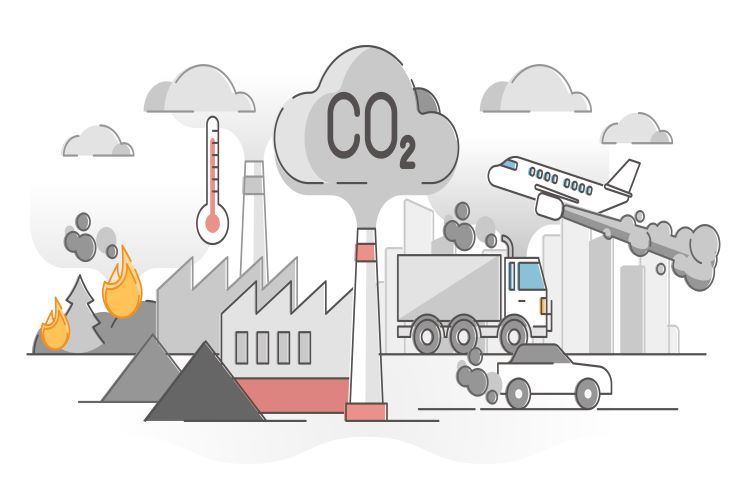TAMPA – It would be impossible to know if the fight against climate change was being won or lost if key indicators of environmental damage – such as greenhouse gases – weren’t measured. That’s why a new report produced by the City of Tampa in partnership with USF’s Florida Center for Community Design and Research is such an important tool in measuring the city’s progress amid population growth.
Released earlier this month, Tampa’s Greenhouse Gas Inventory provides an in-depth look at the sources of greenhouse gas emissions within the City of Tampa municipal operations and from the city as a whole.
The report shows that despite significant population growth, net city-wide greenhouse
gas emissions have decreased from approximately 6.6 to 5.3M metric tons of carbon
dioxide equivalents (mtCO2e) since 2009. This is primarily due to Tampa Electric Company’s
transition from burning coal to natural gas, the report said.
Emissions from energy (mainly electrical) and transportation make up 95 percent of
total emissions in the City of Tampa. Solid waste, industrial and other categories
contribute approximately five percent of community-wide emissions.

Taryn Sabia (left) and Sandra Garren.
Dr. Sandra Garren, a visiting assistant research professor, served as the lead author, working with graduate research assistant William Cook on the report. USF Research Professor Taryn Sabia, director of the center housed in the USF School of Architecture and Community Design, led editing of the report along with research associate Maggie Winter.
“We are very excited about the project with the City of Tampa and will continue the effort as part of the team developing actionable efforts toward sustainability and greenhouse gas reduction through the City’s Climate Action and Equity Plan,” Sabia said. “The inventory and upcoming actions will serve as a model for other cities taking the important steps to reduce climate impacts while focusing on the most vulnerable populations, advancing equity initiatives.”

William Cook and Maggie Winter.
By category, more than half of the City of Tampa’s government emissions are from management of municipal solid waste (59 percent) followed by electricity (32 percent), wastewater (3.2 percent), and vehicle fleet (4.3 percent). With this information, the City of Tampa can develop plans to meaningfully reduce greenhouse gas emissions and invest in climate-ready infrastructure, the report said.
"Here at the City of Tampa, we are going to lead by example,” said Mayor Jane Castor. “With this new information, I am asking every department to find opportunities to embrace clean energy and ensure our citizens see a government that values clean air, new technologies, and sustainability for future generations.”
Residents also can do their part to reduce emissions.
“Recycling more and producing less waste in general are extremely important actions that community can take in reducing greenhouse emissions and Tampa’s carbon footprint,” Sabia said. “Most importantly, reducing the amount of vehicle miles we travel and the electricity we use, will have some of the greatest positive impacts in our community.”
The last time a greenhouse gas inventory was completed for the city was in 2009. To read the new report, click here.
The Florida Center for Community Design and Research is part of the USF School of Architecture & Community Design in the College of the Arts. The center provides design expertise, technical assistance, applied research, and community engagement services in Florida's growing communities to address urban challenges. Founded in 1986 as a statewide research center, the center has worked with more than 100 communities on more than 150 projects.
Information from a City of Tampa news release was used in this report.
